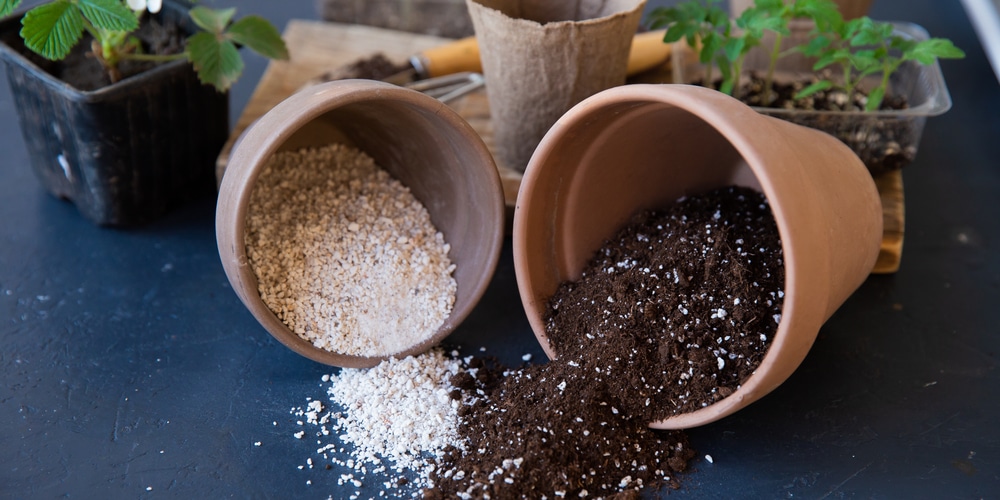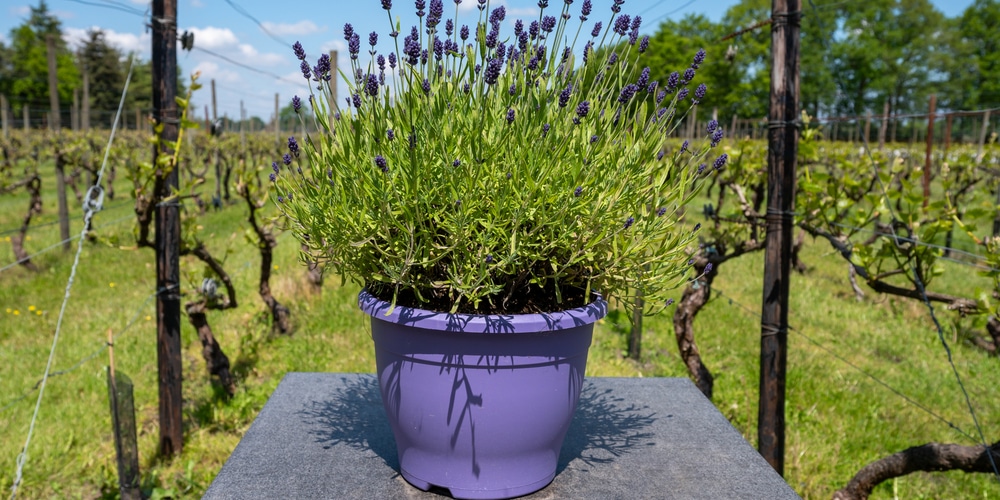Lavender is a plant that has been used for centuries for its calming and soothing properties. The ancient Romans used it in their baths, and the Victorians placed sachets of lavender under their pillows to help them sleep.
Today, lavender is still prized for its ability to promote relaxation. The fragrant blossoms can be added to sachets or potpourris or used to make lavender oil, which can be used in a diffuser or diluted and applied to the skin. The flower and plant itself can also be used in cooking. Known for its calming properties, lavender can be a helpful addition to your gardening arsenal, particularly if you live in a hot climate like Texas.
Growing Conditions of Lavender in Texas

Lavender is a perennial plant, which means it will come back year after year with proper care. It’s also relatively low-maintenance, making it an excellent choice for beginner gardeners or those who don’t have much time to spend on their gardens. If you live in Texas and are interested in growing lavender, there are a few things you need to know. Understanding its growing conditions is the first step to success.
Sunlight
Lavender prefers full sun, meaning it needs at least six hours of direct sunlight each day. If you live in an area with hot summers, like Texas, partial shade is appreciated during the hottest part of the day. This is usually from late morning to mid-afternoon when the sun is at its strongest.
Lavender does not like wet feet, so avoid planting it in areas that tend to stay soggy after the rain. Once you have found the perfect spot, simply dig a slightly larger hole than the root ball and carefully remove the plant from its pot. Gently loosen the roots before placing the plant in the ground and backfilling with soil. Water well and give your lavender time to adjust to its new home.
Start with Good Soil
Lavender thrives in well-drained, sandy loam soils with a neutral to slightly alkaline pH, preferably within 6.5 – 7.5. In Texas, the soil is often clay-based, which can hold too much water and become boggy. To promote drainage, consider adding organic matter such as compost or peat moss to the soil. This will also help to increase the soil’s ability to retain moisture.
Once you’ve prepared the soil, it’s time to prepare the beds. For best results, loosen the top 12 inches of soil and then rake it smooth. When planting multiple lavender plants, give them enough room to grow. Space them about 18-24 inches apart.
Watering
The ideal watering conditions for lavender depend on the type of soil in which it is growing. Sandy soils need more frequent watering than clay soils, as they drain more quickly. In general, lavender should be watered once a week, ensuring that the soil is moist but not soggy. During hot weather, or when the plants are actively growing, they may need to be watered more often. If the leaves start to droop, that is a sign that the plant needs more water.
Overwatering can be just as harmful to lavender as under-watering, so it is vital to strike a balance. With a bit of care and attention, lavender can thrive in even the most challenging environments.
General Care for Lavender Plants in Texas
Lavender’s fragrant purple blooms definitely add a touch of beauty and grace to any garden, and they do sure make an impression. Though they are fairly easy to care for, lavender plants do require some attention in Texas. Here are some general tips when growing lavender in your zone:
Trimming
To encourage new growth and prevent the plant from becoming leggy, it is important to trim your lavender regularly. The best time to do this is in late winter or early spring before new growth begins. Remove the dead and woody stems, cutting them back to about six inches above the ground.
Pruning
After the blooms have faded and died, prune the plant back by about one-third. This will encourage new growth and help to keep the plant compact.
Fertilizing
Lavender is a light feeder, so it doesn’t require a lot of fertilizer. A light application of all-purpose fertilizer in early spring is all that is needed. Be sure to follow the directions on the package.
Prepare for Winter
Lavender is a hardy plant, but in Texas, it is important to take steps to protect it from the cold winter weather. To do this, simply mound some soil around the base of the plant and cover it with a layer of mulch. This will help to insulate the roots and prevent them from freezing.
How to Grow Lavender in Texas: Final Thoughts
Whether for aesthetic or medicinal purposes, lavender is a beautiful addition to any garden. With its fragrant blooms and beautiful purple hue, it is sure to add a touch of elegance. Though it does require some care and attention, lavender is a hardy plant that can thrive in even the most challenging environments. This plant can flourish in Texas and similar climates with a little TLC.
Related Article: Can Lavendar Grow in Clay Soil?


